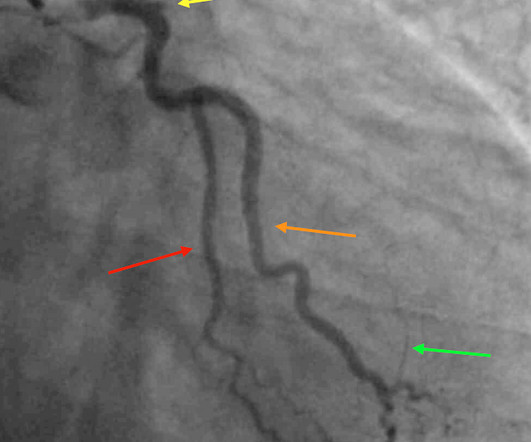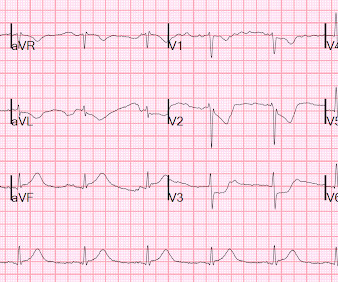46 year old with chest pain develops a wide complex rhythm -- see many examples
Dr. Smith's ECG Blog
AUGUST 9, 2024
These diagnoses were not found in his medical records nor even a baseline ECG. An ECG was obtained shortly after arrival: What do you think? There is no evidence of WPW on this ECG, but it is diagnostic for OMI. If the LAD is completely occluded, then why does the ECG show reperfusion? What are we seeing here?












Let's personalize your content